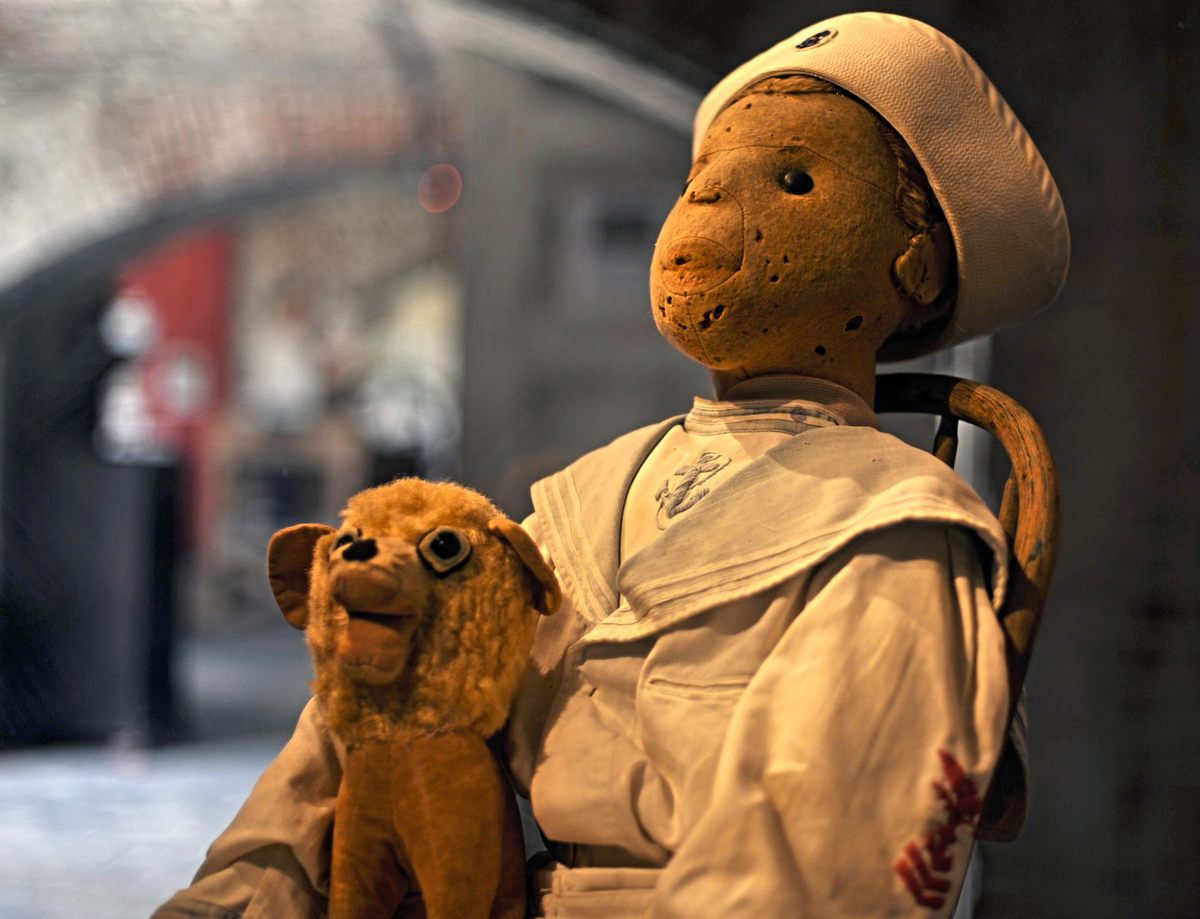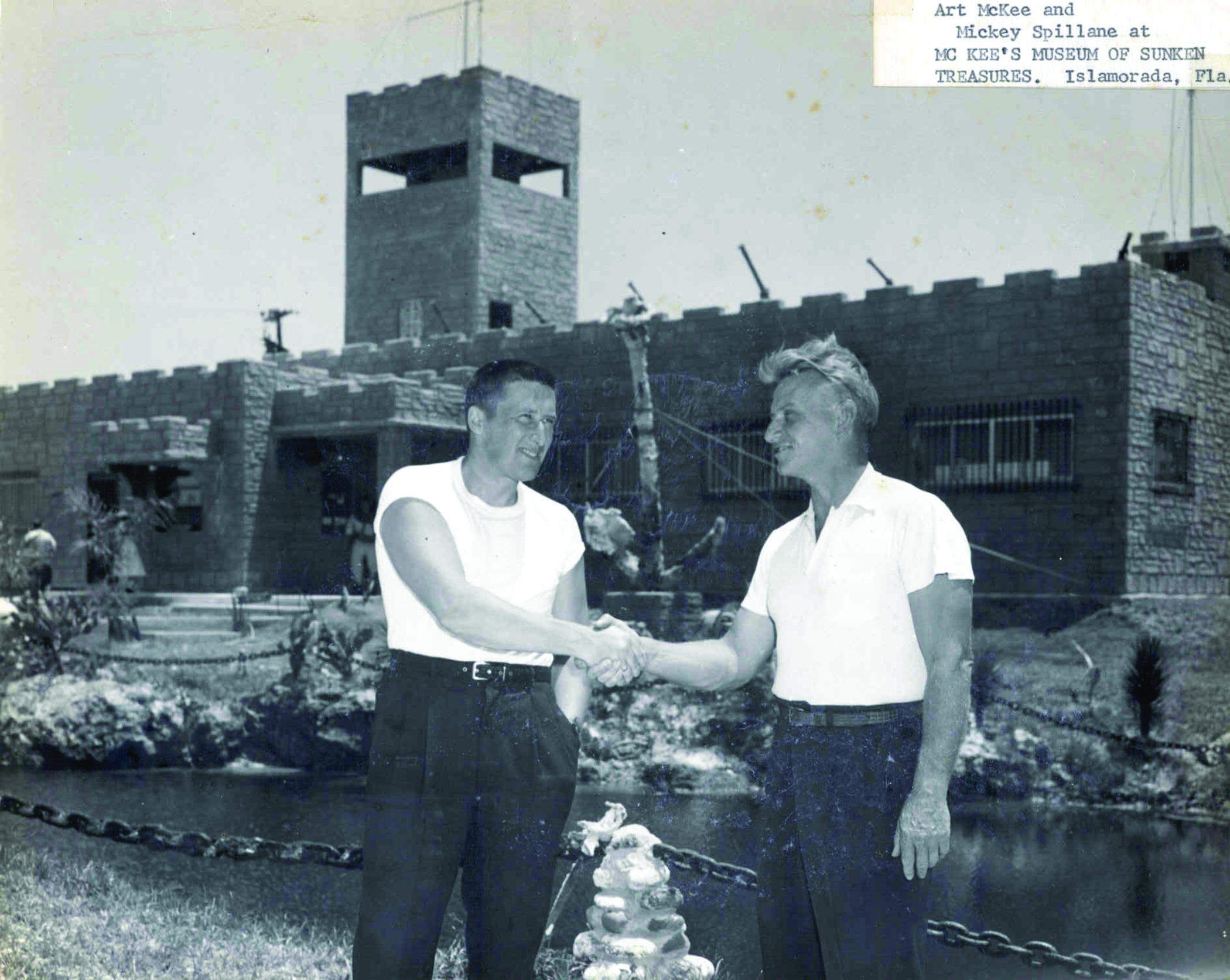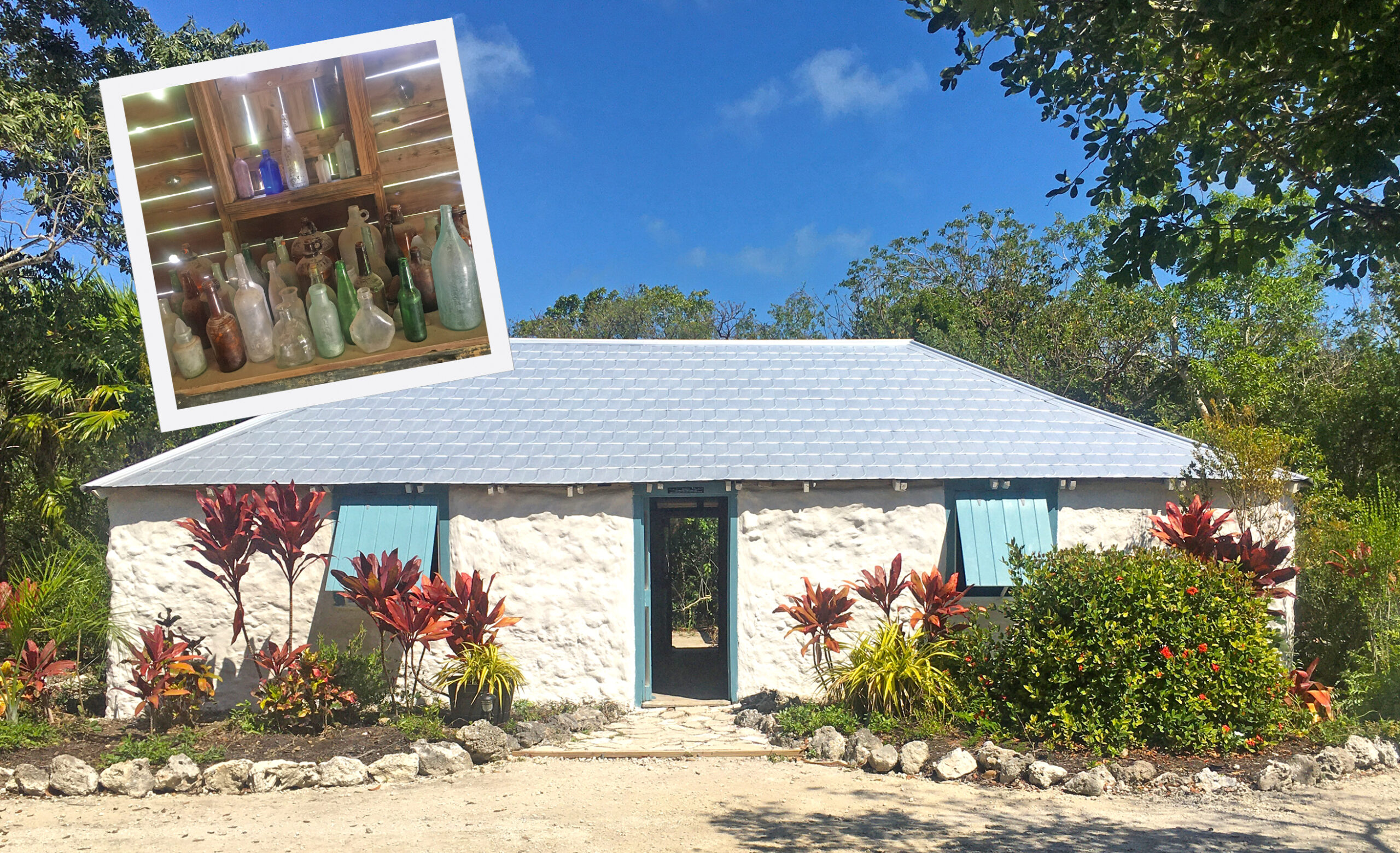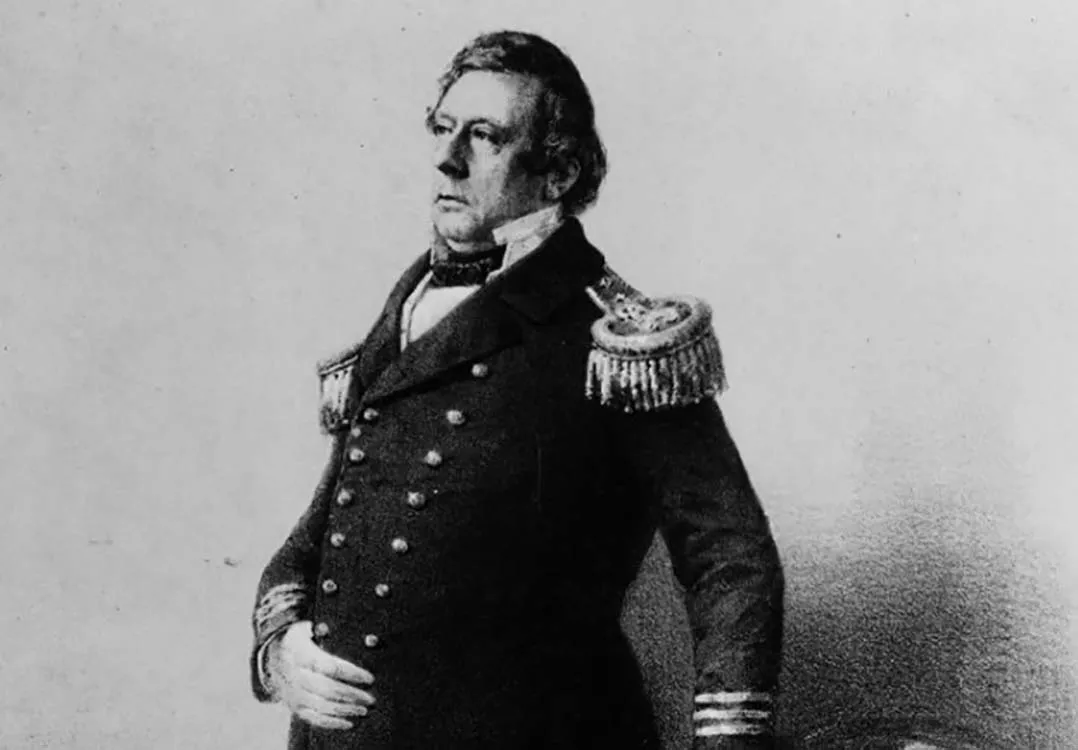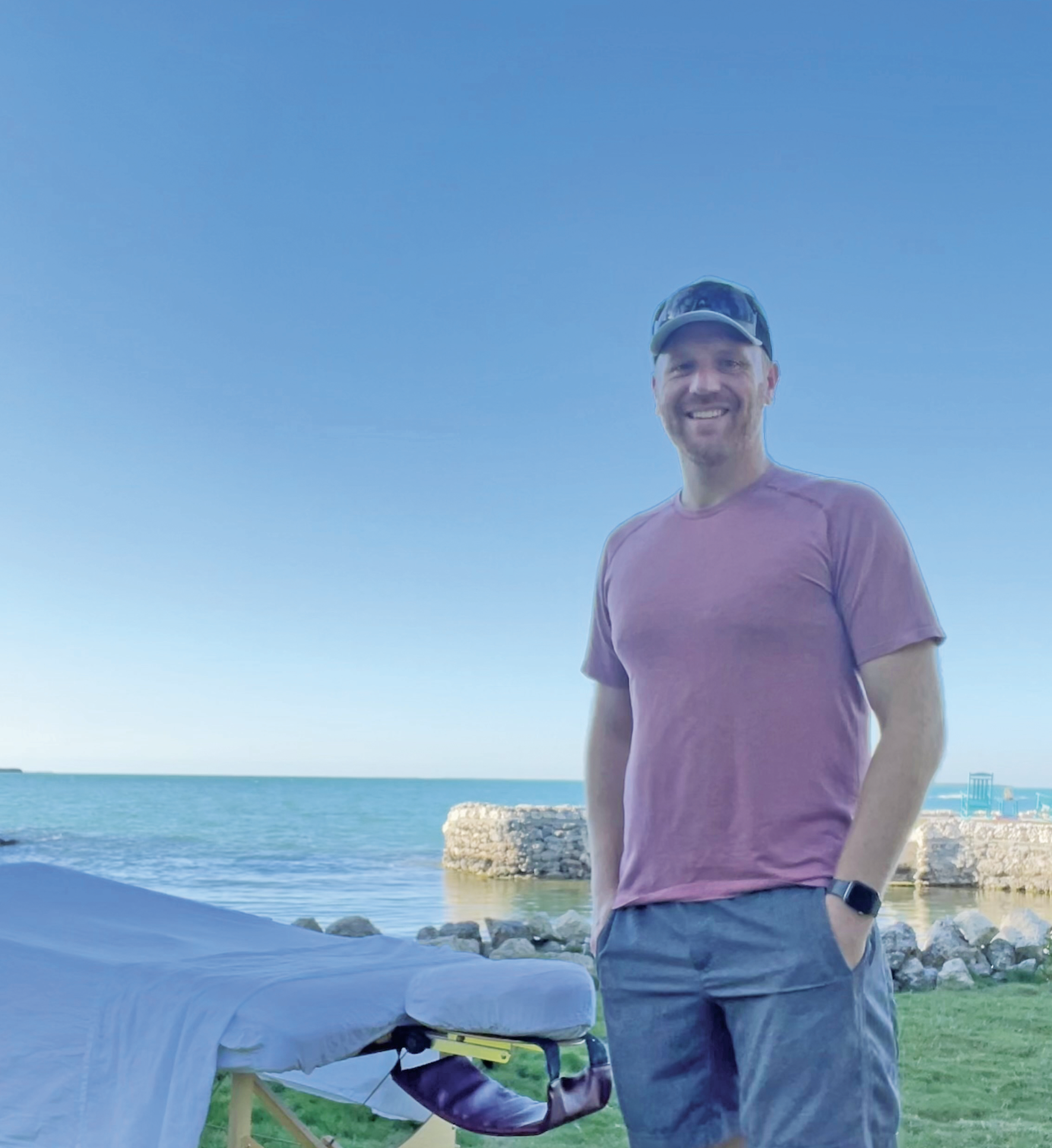“I didn’t do it. Robert did it!” the boy said, pointing his finger at his child-size doll. Most parents would dismiss their child’s attempt to blame a lifeless toy, but the doll’s wooden button eyes seemed to hold a dark secret. A secret that only the boy knew. The boy, Robert Eugene Otto or “Gene”, was part of a prominent family in Key West. The doll stands an unusual 41” tall and was named after the boy, suggesting that Robert the Doll was fashioned in Gene’s image. It even wears a sailor suit that may have been a hand-me-down from Gene.
Some say Gene’s grandfather gave it to him as a birthday gift upon his return from Germany in 1904. Others say a Bahamian woman who practiced voodoo (possibly the family’s disgruntled maid) gave it to the boy. Whatever the doll’s origins, it apparently emanated a dark energy that influenced Gene. Interviews with those close to the Otto family said that young Gene would blame the doll when he misbehaved as a child.
It is said that the Ottos would hear their son talking to the doll and hear a different voice respond. Perhaps their son was talking to himself using a different voice. Or perhaps his claims that “Robert did it” were true. Gene grew up and became a well-known artist in the Keys. He designed the gallery at the Fort East Martello Museum and had plans to make his own home a museum. He never grew too old for his doll, however.
The eccentric artist kept Robert close even to the protests of his wife. Anne tried to sequester the doll to the attic, but Gene preferred to keep Robert in the house’s turret where he often painted. Set in the turret’s window, school children often reported seeing the doll move from one side to the other. Visitors also claimed the doll’s facial expression would change based on the conversation in the room. Others swore they heard giggling or footsteps, and the doll would suddenly appear on the opposite side of the room from where it had been sitting.
Malcolm Ross, a Solares Hill journalist, visited Robert with a friend and said, “It was like a metal bar running down my back… the look on his face was like a little boy being punished.”After one of the men made a comment about what an old fool Gene Otto must have been, Robert’s expression turned to one of disdain. Ross said, “There was some kind of intelligence there. The doll was listening to us.”
After Gene’s passing in 1974, Anne confined Robert to a cedar chest in the attic. Myrtle Reuter purchased the Otto home soon after and became Robert’s new companion. Nearly 20 years later, she donated Robert to the Fort East Martello Museum with a warning that he moved around her house on his own. Robert the Doll’s reputation spread far and wide, making it all the way to Hollywood. He allegedly inspired the character Chucky in the Child’s Play horror series. More recently and less allegedly, he inspired a horror film franchise that began with the film Robert followed by four sequels.
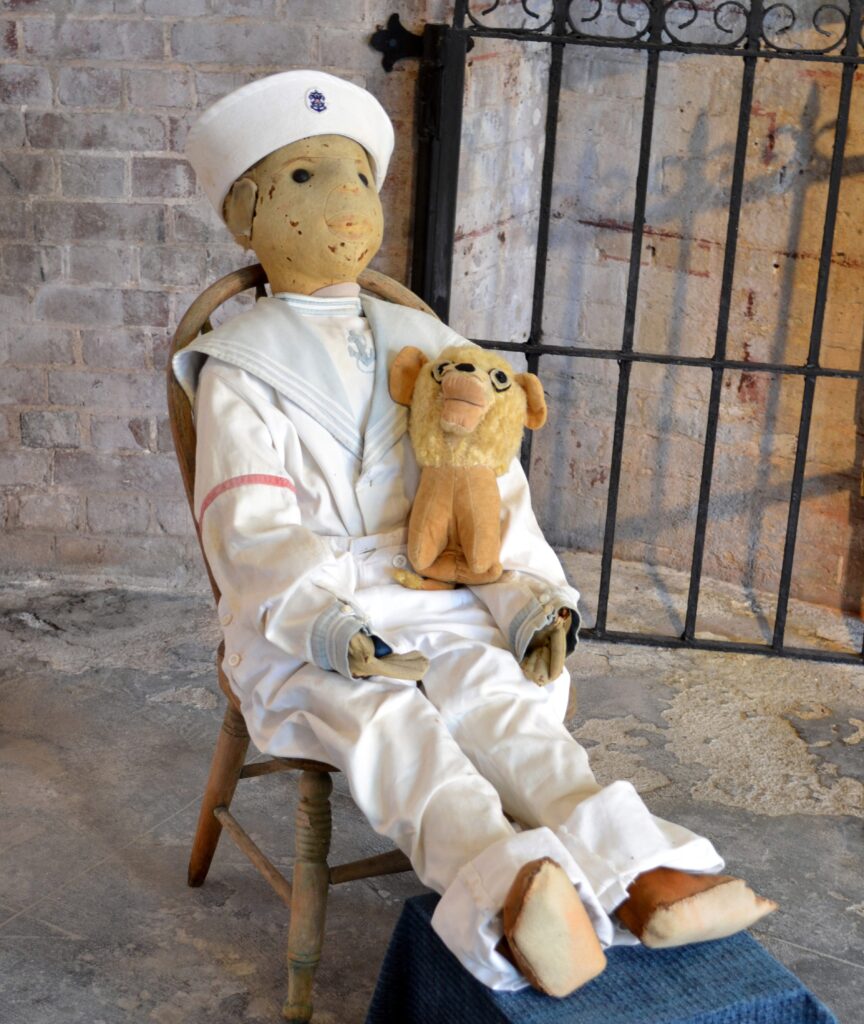
The house that Gene and Robert spent most of their lives in became a bed and breakfast in 1978, called The Artist House. It is one of the oldest continually operating guest houses in Key West. Today, Robert still resides in the museum that his long-lost companion helped design. He is on display with his teddy bear, where tourists and paranormal chasers can photograph him. But beware, you must ask Robert for permission to take his picture, or else…
Photos Courtesy of: Key West Art & Historical Society
–Jerrica Mah is a writer, Army wife, and freelance book editor, who loves to travel with her family.


